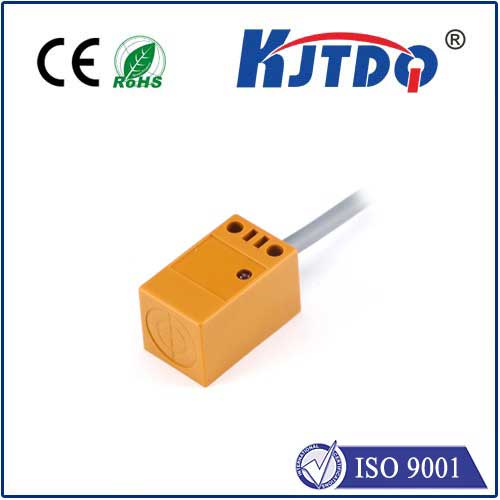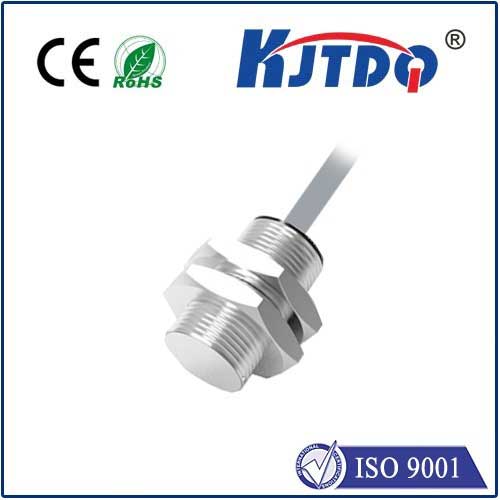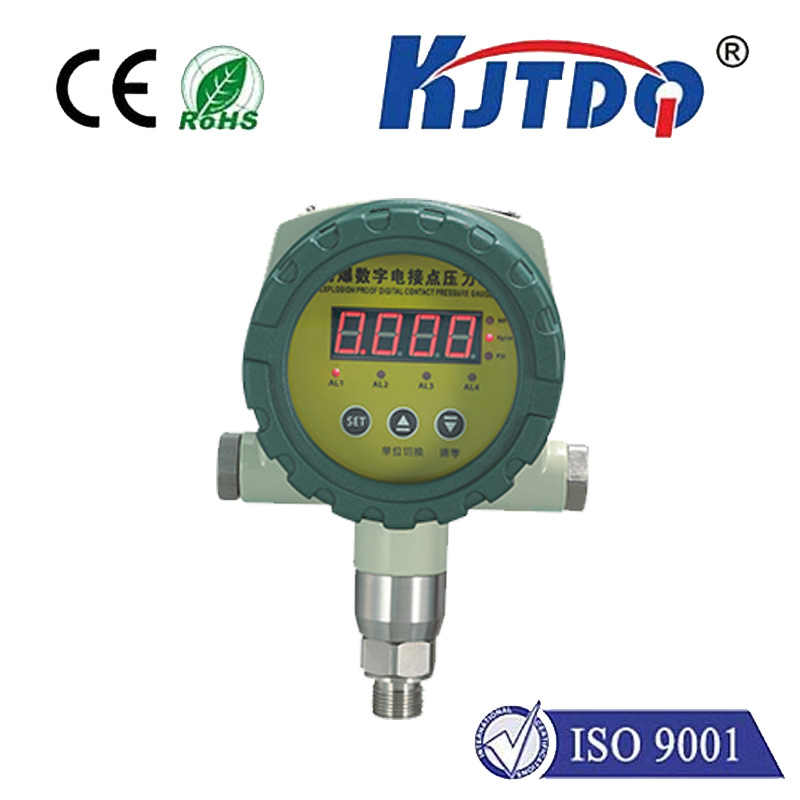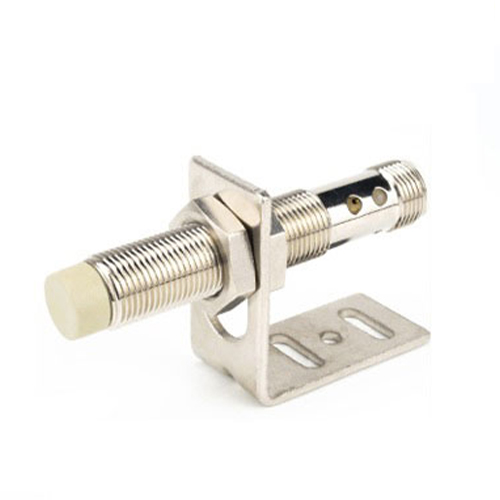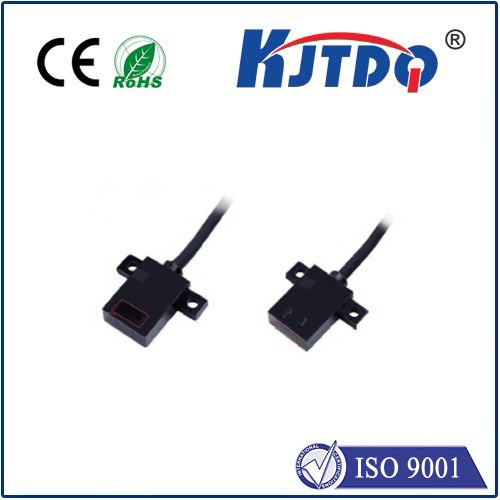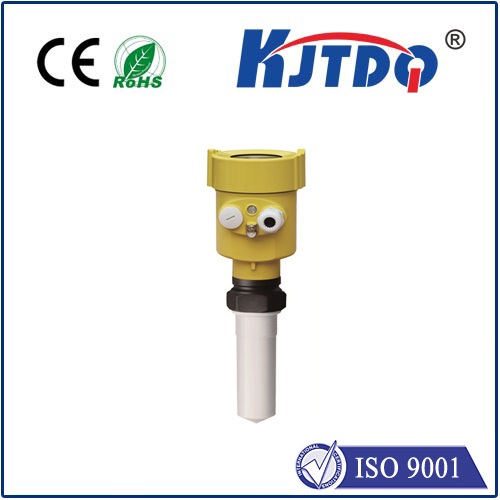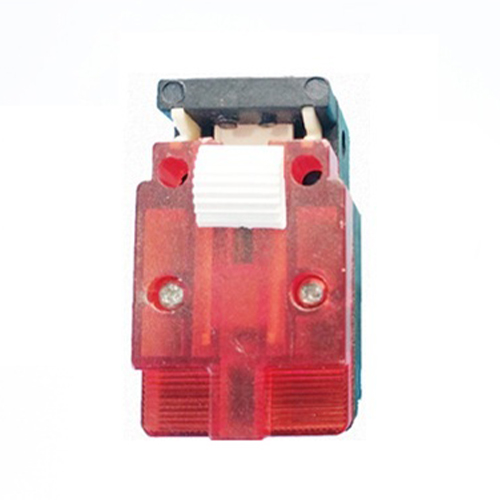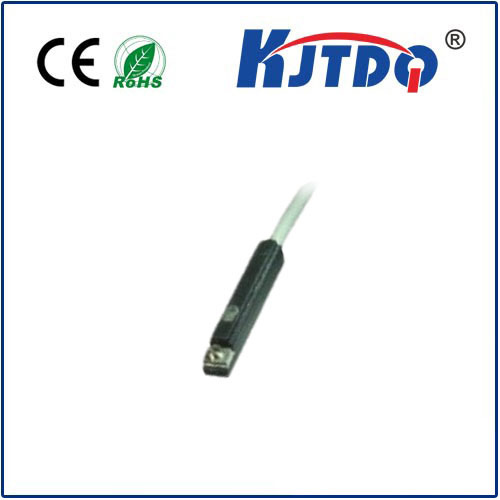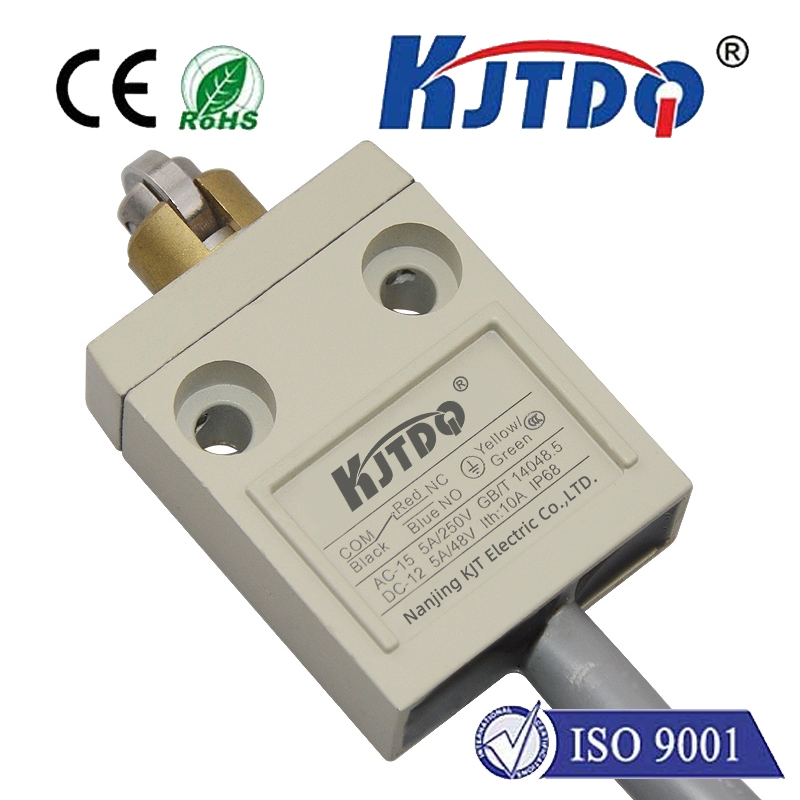temperature measurement machine
- time:2025-08-24 01:16:10
- Нажмите:0
Temperature Measurement Machines: The Unsung Heroes of Precision and Safety
Imagine a world without accurate temperature readings. Medicines spoil, food becomes unsafe, industrial processes run amok, and delicate electronics fail prematurely. This chaotic scenario is precisely what temperature measurement machines prevent every single day. Far more than simple thermometers, these sophisticated systems are the silent guardians ensuring quality, safety, and efficiency across countless industries. From the factory floor to the research lab and the warehouse, precise thermal monitoring is non-negotiable. This article delves into the critical role of temperature measurement equipment, exploring its technologies, applications, and the vital importance of choosing the right solution.
Why Precision Temperature Matters More Than You Think
Temperature isn’t just a number on a screen; it’s a fundamental process variable. Minute variations can have outsized consequences. In pharmaceutical manufacturing, a slight deviation during incubation can render an entire batch of vaccines ineffective, posing serious health risks. Food processors rely on strict thermal control to eliminate harmful pathogens and ensure shelf life – inadequate temperature monitoring is a direct line to spoilage and potential illness. Within complex chemical reactions or semiconductor fabrication, exquisite precision is paramount; a fraction of a degree can alter yields, product properties, or even cause dangerous reactions. Consistent temperature control is also essential for product quality, energy efficiency, and meeting stringent regulatory requirements. Failure is simply not an option.
Decoding the Technology: How Temperature Measurement Machines Work

Modern temperature measurement equipment employs a diverse arsenal of technologies, each suited to specific challenges:
- Contact Sensors: These require physical touch with the material being measured.
- Thermocouples: Rugged, versatile, and capable of measuring extreme temperatures (both high and low), they generate a small voltage based on the Seebeck effect at the junction of two dissimilar metals. Ideal for furnaces, engines, and pipes.
- Resistance Temperature Detectors (RTDs): Known for high accuracy and stability, RTDs work by measuring the change in electrical resistance of pure metals (typically platinum) as temperature changes. Preferred in laboratories, pharmaceutical processes, and HVAC systems where precision is critical.
- Thermistors: Highly sensitive semiconductor-based sensors, excellent for detecting small temperature changes within a limited range. Commonly used in medical devices, environmental monitoring, and appliance control.
- Non-Contact Sensors (Infrared Thermometers & Pyrometers): These measure thermal radiation emitted by an object, crucial for moving targets, hazardous environments, or where contact would contaminate or damage the surface. Non-contact temperature measurement excels in manufacturing lines (monitoring molten metal, moving bottles, electronics on a conveyor), electrical inspections (finding hot spots in panels), and food safety (checking surface temps without touching). Infrared technology has revolutionized fields requiring speed and safety.
Beyond the Sensor: The Power of Integrated Systems
Today’s advanced temperature measurement machines are rarely just single sensors. They are often integrated systems incorporating:
- Signal Conditioning: Amplifying, filtering, and linearizing the raw sensor output.
- Data Logging & Display: Capturing historical data for process analysis and displaying real-time readings locally.
- Communication Interfaces: Seamlessly feeding data into Supervisory Control and Data Acquisition (SCADA) systems, Programmable Logic Controllers (PLCs), or cloud platforms via Wi-Fi, Ethernet, or industrial protocols. This enables centralized temperature monitoring across vast facilities.
- Alarms & Alerts: Triggering immediate notifications via light, sound, email, or SMS when readings exceed preset limits, preventing costly deviations.
- Анализ данных: Advanced systems use software to analyze trends, predict maintenance needs (predictive maintenance), and optimize processes.
Where Temperature Measurement Machines Make an Impact
The applications are virtually limitless, but key sectors include:
- Manufacturing & Process Industries: Controlling reactors, kilns, extruders, molds, heat treatment processes, and ensuring consistent material properties.
- Food & Beverage: Monitoring cooking, pasteurization, sterilization, chilling, freezing, and cold chain logistics to guarantee safety and compliance.
- Pharmaceuticals & Biotechnology: Precise control during fermentation, purification, lyophilization, and storage of APIs and finished products (GMP compliance is essential).
- HVAC & Building Management: Optimizing comfort, energy consumption, and monitoring critical environments like server rooms.
- Research & Development: Providing accurate data for experiments in material science, chemistry, biology, and physics.
- Energy & Power: Monitoring turbines, transformers, boilers, and solar thermal systems for performance and safety.
- Electronics & Semiconductor: Preventing overheating during manufacturing, testing, and operation of sensitive components.
Choosing the Right Temperature Measurement Machine: Key Considerations
Selecting the optimal system is not trivial. Several factors demand careful consideration:
- Temperature Range & Accuracy: What are the minimum and maximum temperatures you need to measure? How critical is precision (e.g., ±0.1°C vs. ±1°C)?
- Response Time: How quickly does the sensor need to react to temperature changes? Infrared thermometers often excel here.
- Environment: Is it corrosive, explosive (ATEX/IECEx ratings needed?), wet, vibrating, or subject to extreme pressures? Sensor ruggedness and protection are paramount.
- Target Object/Surface: Is it moving? Solid, liquid, or gas? What is its emissivity (critical for IR)? Can you make contact, or is non-contact temperature measurement necessary?
- Required Features: Do you need data logging? Remote monitoring? Programmable alarms? Connectivity (4-20mA, Modbus, Ethernet, Wireless)?
- Installation & Calibration: How easy is it to install and maintain? What are the calibration requirements and frequency? Long-term stability reduces calibration burdens.
- Total Cost of Ownership (TCO): Factor in purchase price, installation, maintenance, calibration costs, and lifespan. The cheapest sensor may become expensive if it fails frequently or requires constant calibration.
Investing in the right industrial temperature monitoring solution translates directly to reduced downtime, minimized waste, enhanced product quality, ensured compliance, and improved safety. Understanding your specific application’s demands is the first step towards unlocking the significant benefits these indispensable machines deliver. They may operate quietly in the background, but their impact on our modern world is undeniably loud and clear. Choosing precision temperature measurement is choosing the foundation for reliable, safe, and high-quality outcomes.

